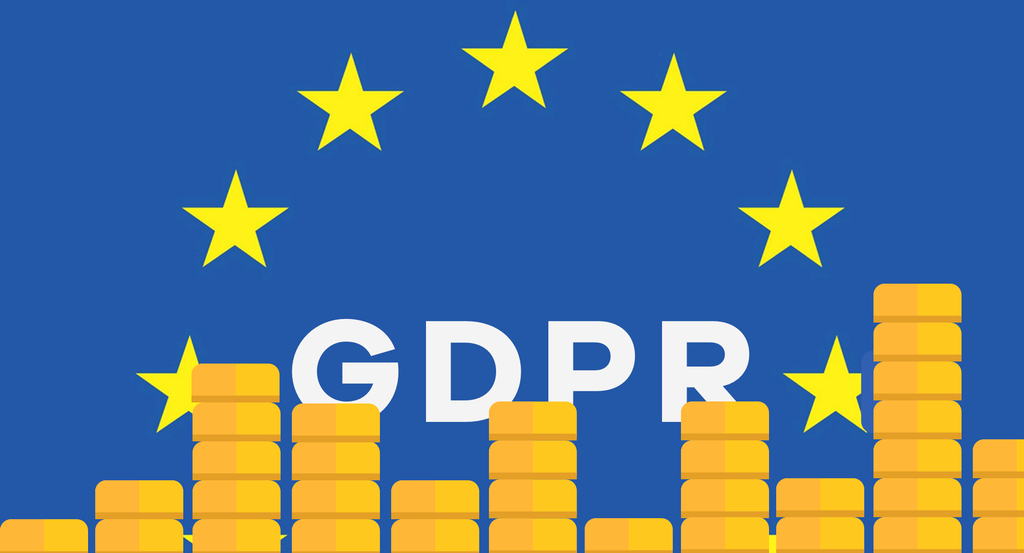Data protection and privacy have become critical concerns in the financial sector. With the introduction of the General Data Protection Regulation (GDPR), banks and financial institutions must adhere to strict guidelines to ensure the security and privacy of customer information. The regulation has transformed how banks handle personal data, imposing stringent compliance measures to prevent data breaches and unauthorized access.
This article explores how GDPR affects the financial industry, the obligations banks must meet, and what customers can do to protect their financial data.
Understanding GDPR and Its Impact on the Financial Sector
What Is GDPR?
The General Data Protection Regulation (GDPR) is a data privacy law enacted by the European Union (EU) in 2018. It aims to protect individuals’ personal data by regulating how businesses collect, store, process, and share information.
Banks, as custodians of sensitive financial information, are directly affected by GDPR. Non-compliance can result in severe penalties, including fines of up to €20 million or 4% of annual global turnover, whichever is higher.
Why GDPR Matters for Banks
Banks collect and process vast amounts of personal and financial data, including:
- Customer names, addresses, and contact details
- Bank account numbers and transaction history
- Credit card details and loan information
- Employment and income records
GDPR ensures that financial institutions manage this data responsibly, preventing misuse and unauthorized sharing.
How Banks Handle Your Data Under GDPR
1. Data Collection and Consent Management
Banks must obtain explicit customer consent before collecting and processing personal data. This includes:
- Transparent data collection policies
- Clear opt-in mechanisms for marketing communications
- The right to withdraw consent at any time
Example: When opening a new bank account, customers must agree to the bank’s data processing terms and conditions. Without this consent, the bank cannot legally store or process personal information.
2. Data Security and Encryption Standards
Banks implement advanced encryption protocols and secure data storage solutions to protect customer information. Key security measures include:
- End-to-end encryption for online transactions
- Multi-factor authentication (MFA) for account access
- Regular security audits and risk assessments
These measures ensure that unauthorized third parties cannot access sensitive financial information.
3. Right to Access and Data Portability
Under GDPR, customers have the right to:
- Request a copy of their personal data
- Know how their data is being used
- Transfer their data to another financial service provider (data portability)
Banks must respond to such requests within one month and provide the data in a readable format.
4. Right to Be Forgotten (Data Erasure Requests)
Customers can request banks to delete their personal data if:
- The data is no longer necessary for the original purpose
- They withdraw consent for processing
- They object to the bank’s data handling practices
Banks must assess and process these requests unless legal obligations (such as anti-money laundering regulations) require data retention.
5. Data Breach Notification Requirements
Banks must notify data protection authorities and affected customers within 72 hours of detecting a data breach. This ensures transparency and allows customers to take necessary precautions, such as changing passwords or monitoring their accounts for suspicious activity.
Challenges Banks Face in GDPR Compliance
1. Balancing Compliance with Operational Efficiency
While GDPR enhances data protection, it also introduces operational challenges. Banks must invest in compliance frameworks, staff training, and updated IT systems to meet regulatory standards without disrupting daily operations.
2. Cross-Border Data Transfers and Compliance Issues
Many banks operate internationally, requiring them to transfer data across borders. GDPR imposes strict rules on data transfers outside the EU, requiring:
- Standard Contractual Clauses (SCCs)
- Binding Corporate Rules (BCRs)
- Adequate protection measures in non-EU jurisdictions
3. Managing Third-Party Data Processors
Banks often rely on third-party service providers for cloud storage, payment processing, and fraud detection. GDPR holds banks accountable for ensuring these partners comply with data protection regulations.
Best Practices for Customers to Protect Their Financial Data
While banks implement stringent security measures, customers can take additional steps to safeguard their personal information:
1. Use Strong and Unique Passwords
Avoid using the same password for multiple banking services. Consider using a password manager to generate and store complex passwords securely.
2. Enable Multi-Factor Authentication (MFA)
MFA adds an extra layer of security by requiring a second verification step (such as a one-time passcode) to access accounts.
3. Be Cautious with Phishing Scams
Cybercriminals often target banking customers with fraudulent emails and messages. Never click on suspicious links or provide personal information via email or text.
4. Monitor Bank Statements Regularly
Check your account statements frequently to detect any unauthorized transactions. Report any suspicious activity to your bank immediately.
5. Limit Data Sharing with Third Parties
Be mindful of sharing financial data with online retailers, apps, or third-party services. Ensure they follow strict data protection policies before providing your banking details.
Future of GDPR in the Financial Sector
1. Strengthening AI and Data Privacy Regulations
As banks increasingly adopt artificial intelligence (AI) and big data analytics, new regulations may emerge to address AI-driven decision-making and customer profiling.
2. Global Expansion of Data Privacy Laws
Countries outside the EU are introducing similar data protection laws. The California Consumer Privacy Act (CCPA) and Brazil’s LGPD share principles with GDPR, indicating a growing global trend toward stricter data privacy regulations.
3. Enhanced Cybersecurity Measures
Financial institutions will continue investing in advanced cybersecurity technologies, including blockchain-based security models, to further protect customer data.
Conclusion
GDPR has significantly changed how banks handle customer data, ensuring greater transparency, security, and customer rights. While compliance poses challenges, it also strengthens trust between banks and their clients. By understanding your rights and taking proactive security measures, you can better protect your financial information in the digital age.

